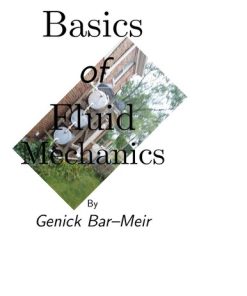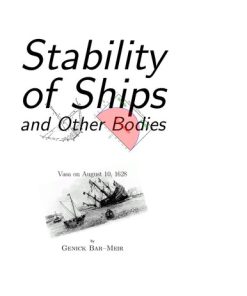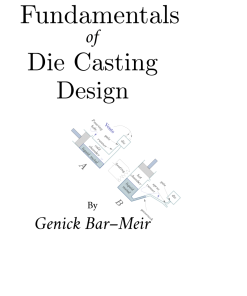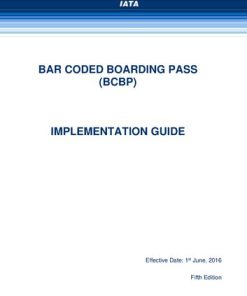Gas Dynamics 5th Edition by Genick Bar Meir
$50.00 Original price was: $50.00.$25.00Current price is: $25.00.
Gas Dynamics 5th Edition by Genick Bar Meir – Ebook PDF Instant Download/Delivery:
Full download Gas Dynamics 5th Edition after payment
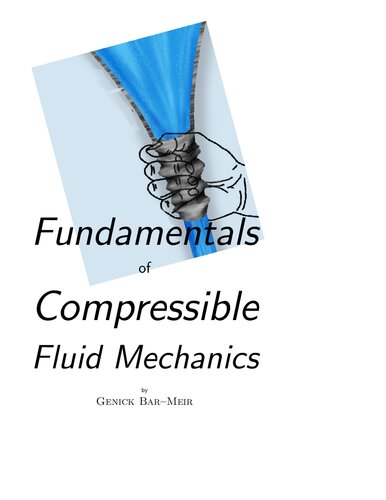
Product details:
Author: Genick Bar Meir
Gas Dynamics 5th Edition Table of contents:
GNU Free Documentation License
1. APPLICABILITY AND DEFINITIONS
2. VERBATIM COPYING
3. COPYING IN QUANTITY
4. MODIFICATIONS
5. COMBINING DOCUMENTS
6. COLLECTIONS OF DOCUMENTS
7. AGGREGATION WITH INDEPENDENT WORKS
8. TRANSLATION
9. TERMINATION
10. FUTURE REVISIONS OF THIS LICENSE
ADDENDUM: How to use this License for your documents
How to contribute to this book
Credits
John Martones
Grigory Toker
Ralph Menikoff
Domitien Rataaforret
Gary Settles
Your name here
Typo corrections and “minor” contributions
Potto Prologue
Version 0.5
Version 0.4.3
Version 0.4.1.7
Speed of Sound [beta]Stagnation effects [advance]Nozzle [advance]Normal Shock [advance]Minor Loss [NSV]Isothermal Flow [advance]Fanno Flow [advance]Rayleigh Flow [beta]Add mass [NSY]Evacuation and filling semi rigid Chambers [alpha]Evacuating and filling chambers under external forces [alpha]Oblique Shock [advance]Prandtl–Meyer
Transient problem [NYP]General 1-D flow [NYP]Introduction
What is Compressible Flow?
Why Compressible Flow is Important?
Historical Background
Early Developments
The shock wave puzzle
Choking Flow
External flow
Filling and Evacuating Gaseous Chambers
Biographies of Major Figures
Review of Thermodynamics
Basic Definitions
Maximum Work of Expansion Process
The Velocity–Temperature Diagram
Basic of Fluid Mechanics
Introduction
Fluid Properties
Kinds of Fluids
Viscosity
Kinematic Viscosity
Bulk Modulus
Mass Conservation
Control Volume
Continuity Equation
Reynolds Transport Theorem
Momentum Conservation
Momentum Governing Equation
Conservation Moment of Momentum
Energy Conservation
Approximation of Energy Equation
Limitations of Integral Approach
Differential Analysis
Mass Conservation
Momentum Equations or N–S equations
Boundary Conditions and Driving Forces
Speed of Sound
Motivation
Introduction
Speed of Sound in Ideal and Perfect Gases
Speed of Sound in Real Gases
Speed of Sound in Almost Incompressible Liquid
Sound in Variable Compressible Liquids
Speed of Sound in Solids
Sound Speed in Two Phase Medium
The Dimensional Effect of the Speed of Sound
Doppler Effect
Acoustic Wave Equation – Derivation
Hearing and Sound Waves
Sound Wave in Three Dimensions
Isentropic Flow
Stagnation State for Ideal Gas Model
General Relationship
Relationships for Small Mach Number
Isentropic Converging-Diverging Flow in Cross Section
The Properties in the Adiabatic Nozzle
Isentropic Flow Examples
Mass Flow Rate (Number)
Isentropic Tables
Isentropic Isothermal Flow Nozzle
The Impulse Function
Impulse in Isentropic Adiabatic Nozzle
The Impulse Function in Isothermal Nozzle
Isothermal Table
The effects of Real Gases
Isentropic Relationships for Real Gases
Normal Shock
Solution of the Governing Equations
Informal Model
Formal Model
Prandtl’s Condition
Operating Equations and Analysis
The Limitations of the Shock Wave
Small Perturbation Solution
Shock Thickness
Shock Drag or Wave Drag
The Moving Shocks
Shock or Wave Drag Result from a Moving Shock
Shock Result from a Sudden and Complete Stop
Moving Shock into Stationary Medium (Suddenly Open Valve)
Partially Open Valve
Partially Closed Valve
Worked–out Examples for Shock Dynamics
Shock Tube
Special Shock Dynamics
Shock Tube Thermodynamics Considerations
Shock with Real Gases
Shock in Wet Steam
Normal Shock in Ducts
Additional Examples for Moving Shocks
Tables of Normal Shocks, k=1.4 Ideal Gas
Normal Shock in Variable Duct Areas
Nozzle efficiency
Diffuser Efficiency
Nozzle Flow With External Forces
Isentropic Nozzle (Q=0)
Isothermal Nozzle (T=constant)
Isothermal Flow
The Control Volume Analysis/Governing equations
Dimensionless Representation
The Entrance Limitation of Supersonic Branch
Comparison with Incompressible Flow
Supersonic Branch
Figures and Tables
Isothermal Flow Examples
Unchoked Situations in Fanno Flow
Reynolds Number Effect
Fanno Flow
Introduction
Fanno Model
Non–Dimensionalization of the Equations
The Mechanics and Why the Flow is Choked?
The Working Equations
Examples of Fanno Flow
Supersonic Branch
Maximum Length for the Supersonic Flow
Working Conditions
Variations of The Tube Length (4fLD) Effects
The Pressure Ratio, .P2 / P1, effects
Entrance Mach number, M1, effects
Practical Examples for Subsonic Flow
Subsonic Fanno Flow for Given 4fLD and Pressure Ratio
Subsonic Fanno Flow for a Given M1 and Pressure Ratio
The Approximation of the Fanno Flow by Isothermal Flow
The Table for Fanno Flow
Appendix – Reynolds Number Effects
Rayleigh Flow
Introduction
Governing Equations
Rayleigh Flow Tables
Examples For Rayleigh Flow
Evacuating SemiRigid Chambers
Governing Equations and Assumptions
General Model and Non–Dimensionalization
Isentropic Process
Isothermal Process in The Chamber
A Note on the Entrance Mach number
Rigid Tank with A Nozzle
Adiabatic Isentropic Nozzle Attached
Isothermal Nozzle Attached
Rapid evacuating of a rigid tank
Assuming Fanno Flow Model
Filling Process
The Isothermal Process
Simple Semi Rigid Chamber
The “Simple” General Case
Advance Topics
Remark on Real Gases
Evacuating under External Volume Control
General Model
Rapid Process
Examples
Direct Connection
Non–Linear Functions Effects
Summary
Oblique Shock
Preface to Oblique Shock
Introduction
Introduction to Oblique Shock
Introduction to Prandtl–Meyer Function
Introduction to Zero Inclination
Oblique Shock
Solution of Mach Angle
Upstream Mach Number, M1, and Deflection Angle,
When No Oblique Shock Exist or the case of D>0
Upstream Mach Number, M1, and Shock Angle,
Given Two Angles, and
Flow in a Semi–2D Shape
Flow in a Semi-2D Shape
Small “Weak Oblique shock”
Close and Far Views of the Oblique Shock
Maximum Value of Oblique shock
Detached Shock
Issues Related to the Maximum Deflection Angle
Oblique Shock Examples
Application of Oblique Shock
Optimization of Suction Section Design
Retouch of Shock Drag or Wave Drag
Summary
Appendix: Oblique Shock Stability Analysis
Prandtl–Meyer Function
Introduction
Geometrical Explanation
Alternative Approach to Governing Equations
Comparison And Limitations between the Two Approaches
The Maximum Turning Angle
The Working Equations for the Prandtl-Meyer Function
d’Alembert’s Paradox
Flat Body with an Angle of Attack
Examples For Prandtl–Meyer Function
Combination of the Oblique Shock and Isentropic Expansion
Computer Program
About the Program
Usage
Program listings
Oblique Shock History
Bibliography
Index
People also search for Gas Dynamics 5th Edition:
rarefied gas dynamics
thermal engineering and gas dynamics
fundamentals of gas dynamics
introduction to physical gas dynamics
elements of gas dynamics
Tags: Genick Bar Meir, Gas Dynamics
You may also like…
Physics - Mechanics: Fluid Mechanics
Stability of Ships and Other Bodies 6th Edition Genick Bar Meir
Uncategorized
Fiction - Humour
Medicine - Neurology
Engineering - Hydraulic Engineering
Uncategorized
Francesco Tirelli s Ice Cream Shop 1st edition by Tamar, Yael 1541534743 9781541534742
Uncategorized




